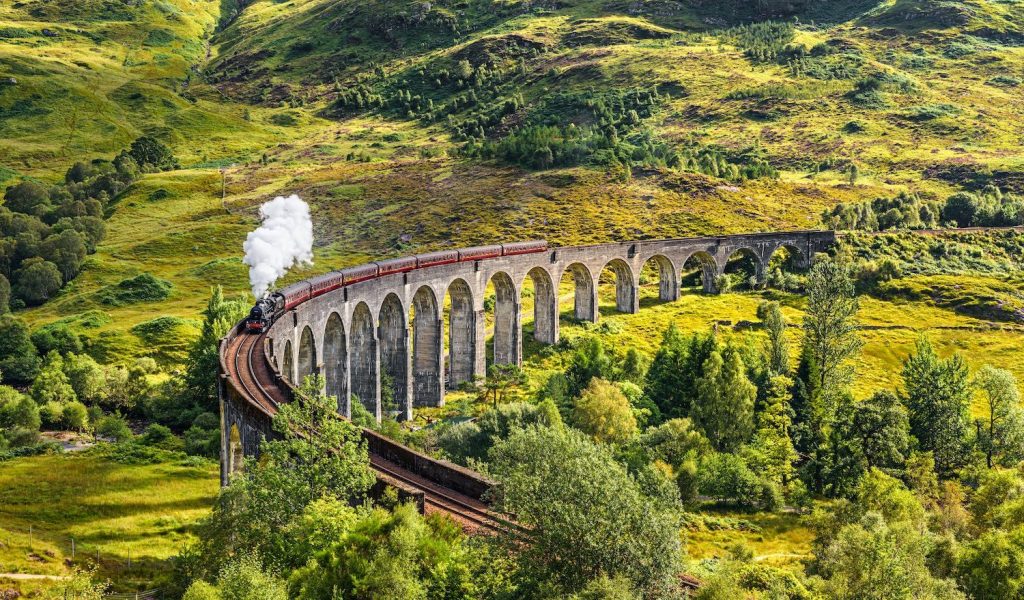Blog Post
The incomparable glory of traveling in trains
By Jonathon Van Maren
Earlier this year, the great British columnist Peter Hitchens wrote a lovely essay for First Things titled “Why I Love Trains.” He mused that the restrictions of the COVID-19 pandemic have triggered reflections on his commute between Oxford and London. “Even now, in bare modern trains systematically stripped of character and romance, there can be a glorious seclusion in a long-distance train that does not stop too much,” he observed. He went on:
The soft and distant landscape rolls by, and at any time I can look up and see a familiar hill, church, or stretch of woodland. I can name much of what I see, and have walked over a great deal of it, purposely seeking to know the land better. If I am traveling from the North of England to London, I always try to change at York, to the hourly nonstop train to the capital. The feeling of peace and irresponsibility that spreads through me as the train heaves itself out of the station is a special joy. For two hours nobody can bother me. For two hours I will not be disturbed. For two hours I will be enclosed in a warm and comfortable space, again passing through familiar towns and fields along the route so wonderfully described by Philip Larkin in “The Whitsun Weddings,” until the brakes tighten and I am in prosaic London. And it seems to me that everyone else on that train will be similarly calmed and soothed.
Of course, the accursed cell phone and the even more accursed smartphone have penetrated the seclusion. And alas, there are no more dining cars, a delight now almost completely abolished by spiteful managements, and available mainly on ridiculous super-luxury trains such as the pastiche Orient Express. Yet no restaurant meal I have ever had, including the pressed duck at the old Tour D’Argent in Paris (before it became a museum where you could eat the exhibits), has surpassed the breakfasts, lunches, teas, and dinners I have eaten in trains.
Hitchens is precisely right. The first time I ever took the train as a method of travel (with the exception of the Vancouver Skytrain, which doesn’t count) was on my post-grad Europe trip in the summer of 2006. We took the tunnel under the English Channel to visit London, Windsor Castle, and Bath; whipped through Belgium on our way to Normandy; and discovered that in the Netherlands, taking the train was as normal as driving a car back in Canada. I loved it immediately: Passing canals and windmills; fending off nosy passengers; alternating between reading and glancing up to watch the landscape drop away.
Of course, the story of Canada is inextricably tied to that of railways. It was the Canadian Pacific Railway which tied the East to the West and made a country possible. Railway builder Donald Mann was eventually knighted for his services to the Dominion. He died in 1934, but the Albertan columnist Ted Byfield—now in his nineties—told me that he saw the great man once when he was very young and Mann was very old on a streetcar in Toronto. His grandmother pointed the white-haired man out for young Ted, the railway man who had become a legend in his own time. Once, apparently, Mann was challenged to a duel by a Russian count while on a business trip to China. The count withdrew his challenge when Mann informed him that his choice of weapon would be the broad-axe, which he claimed was Canada’s national weapon.
READ THE REST OF THIS COLUMN AT THE UTOPIAN IDIOTS








